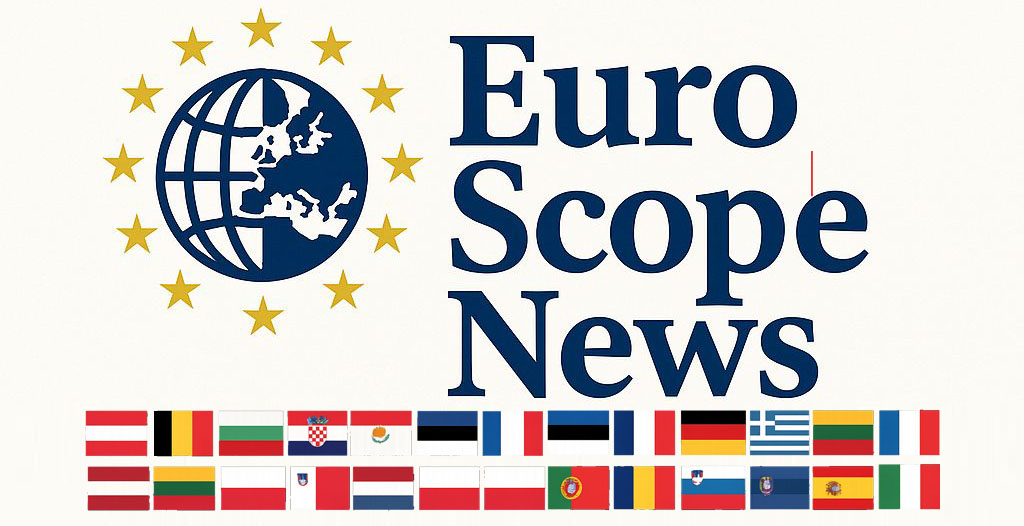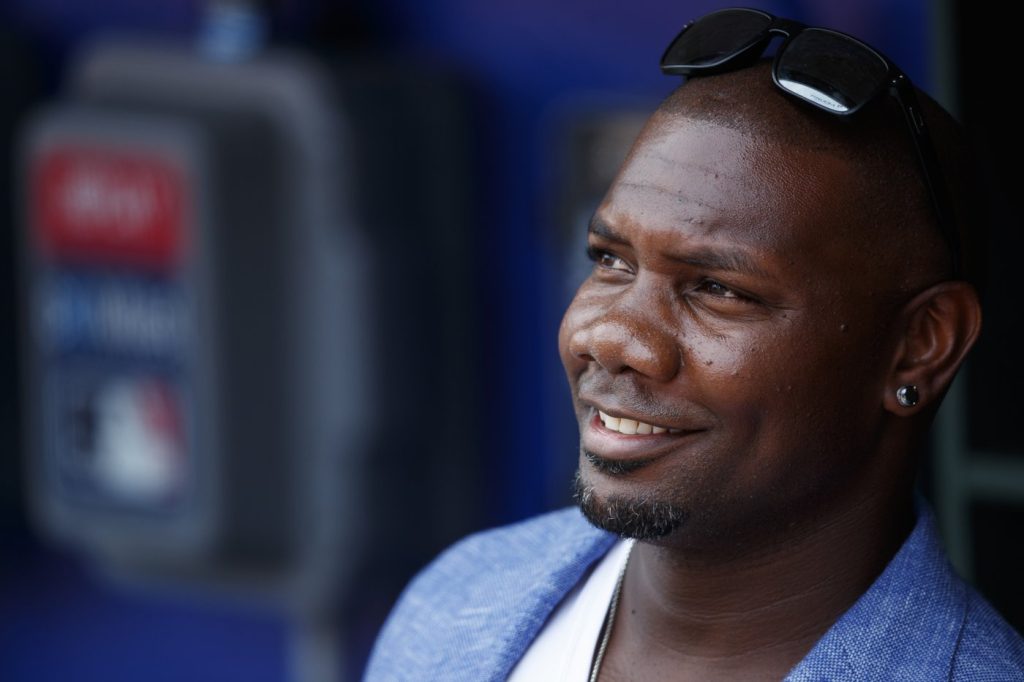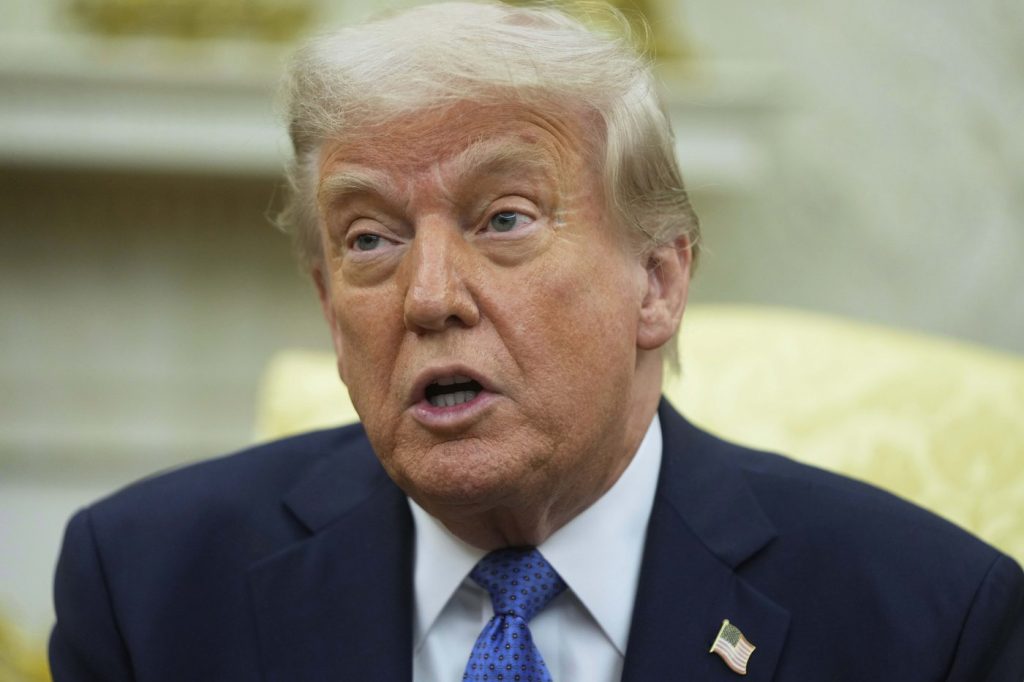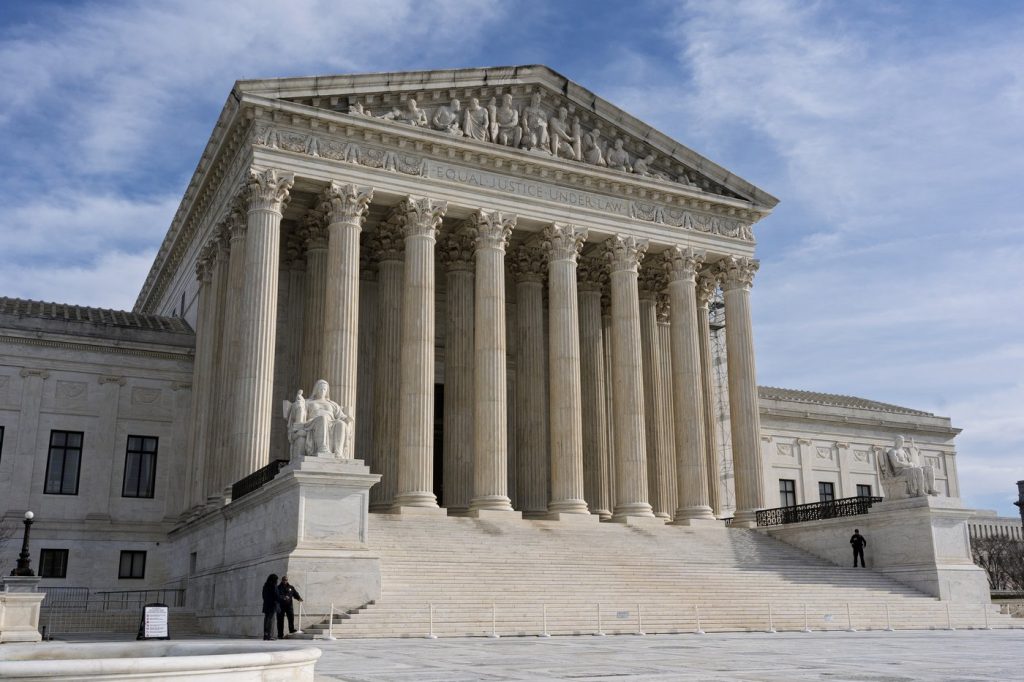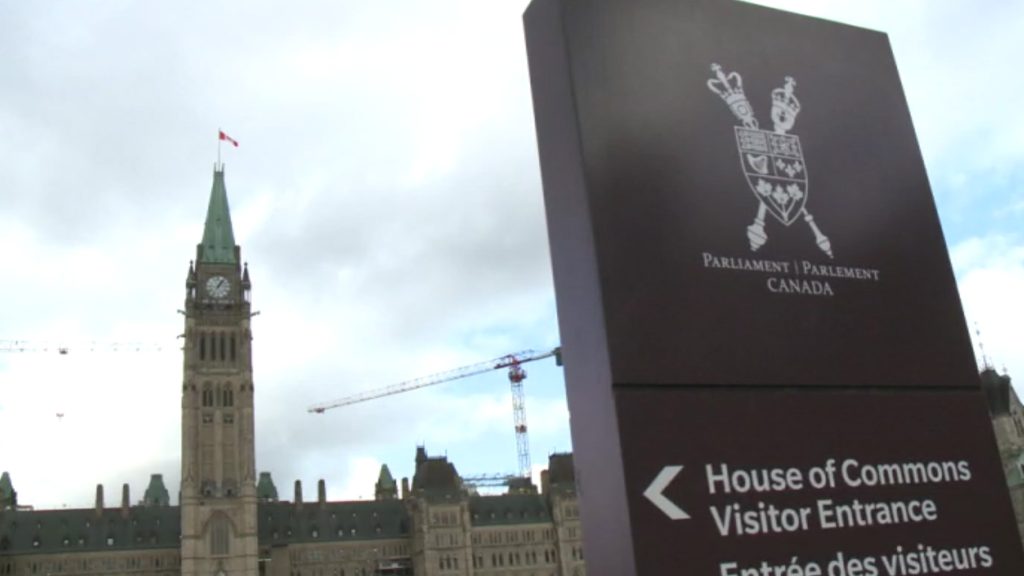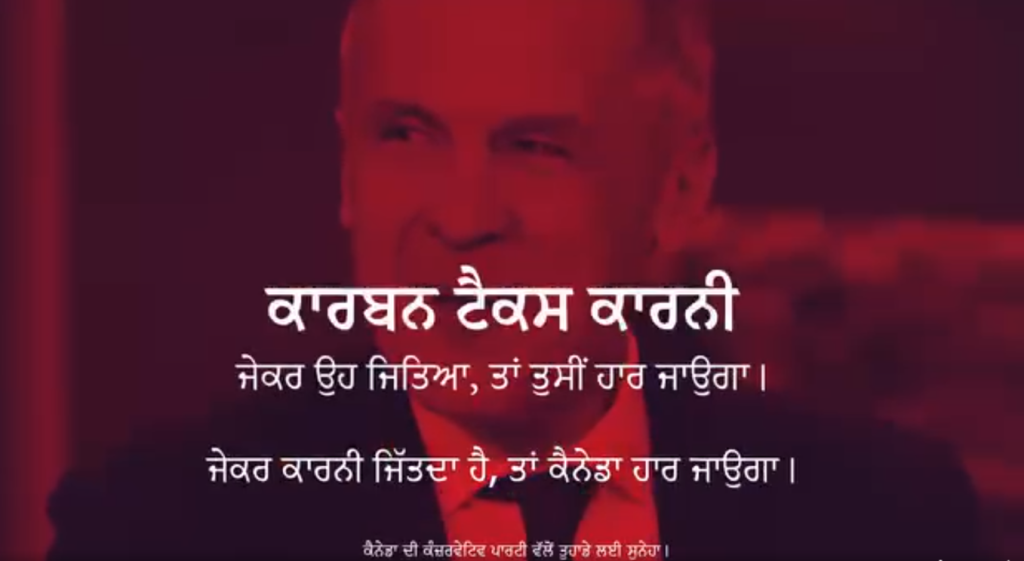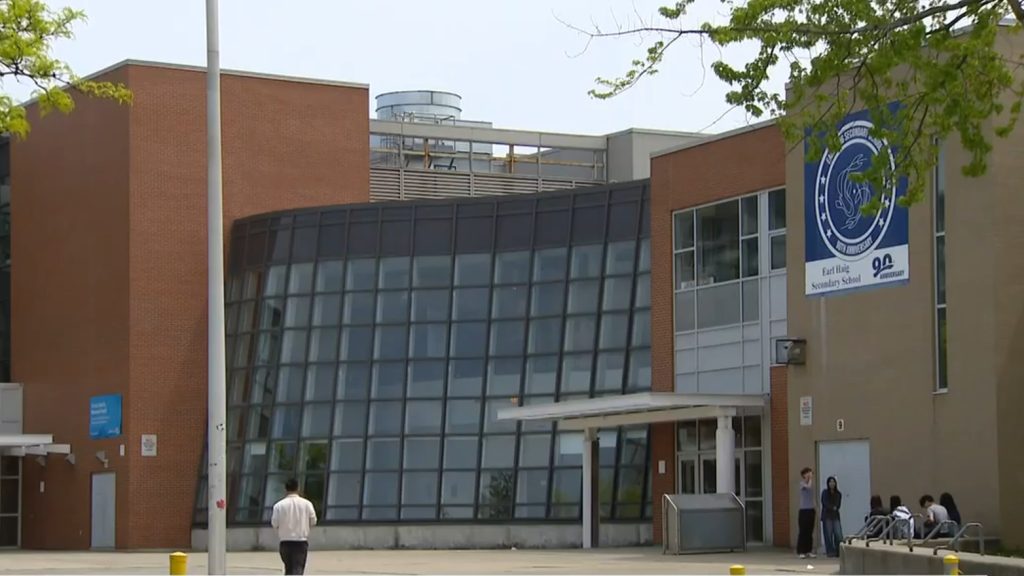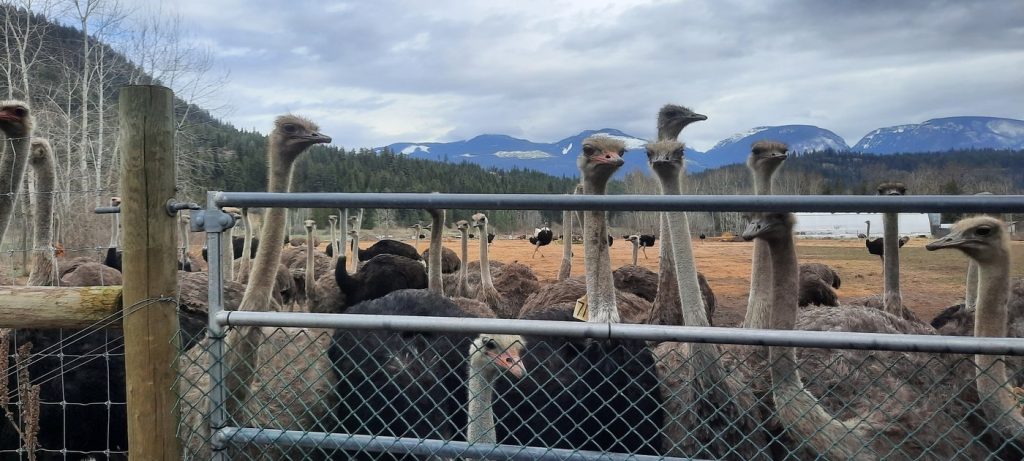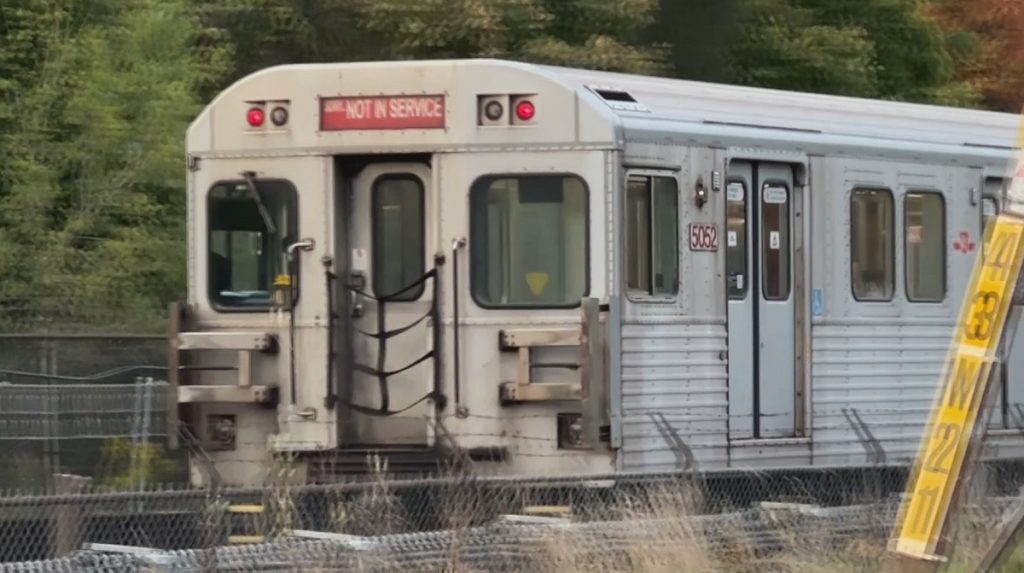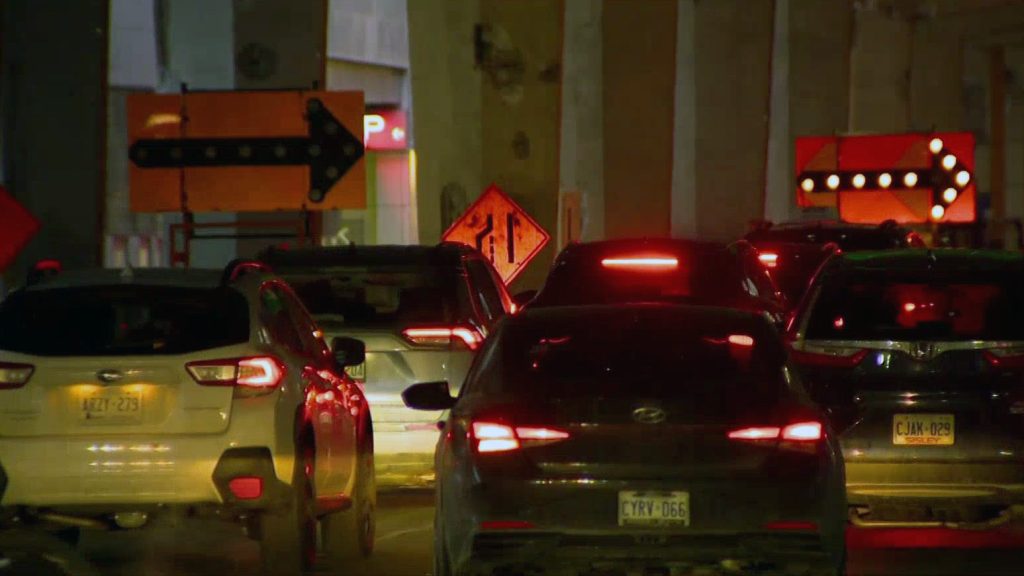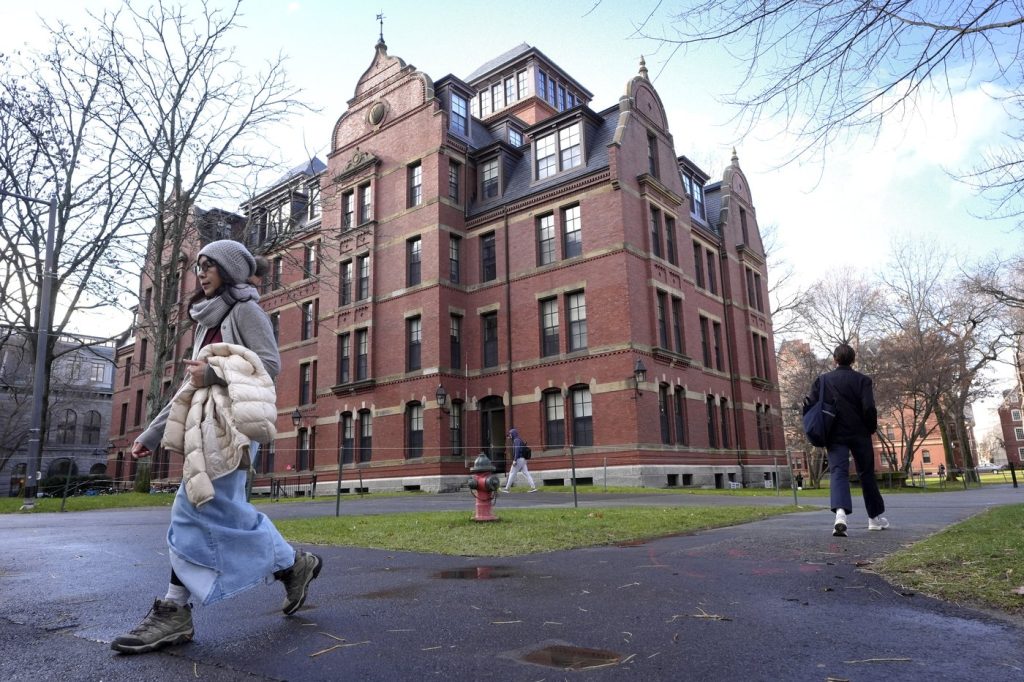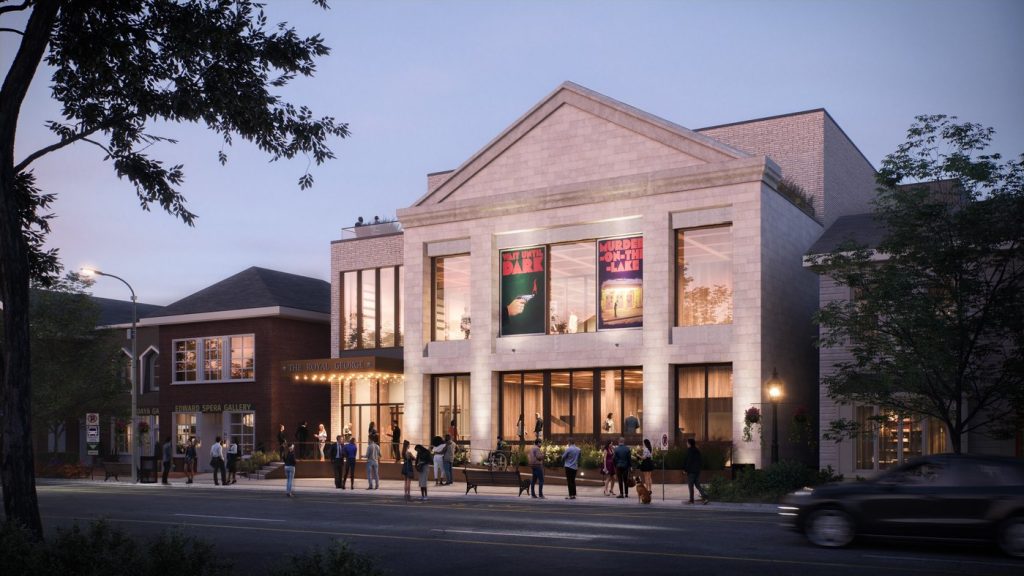Philadelphia Phillies' former slugger Ryan Howard, who burst onto the Major League Baseball (MLB) scene with his powerful home runs, recalls his memorable encounter with the late Buck O'Neil. O'Neil, an iconic figure who tirelessly championed Black ballplayers throughout his eight-decade career, introduced Howard as a modern-day Josh Gibson, one of the Negro Leagues' greatest hitters who boasted an impressive .466 batting average with the 1943 Homestead Grays. Feeling unworthy of such a comparison, Howard was encouraged by O'Neil to embrace his own power and potential.
O'Neil, who passed away in 2006, was a staunch supporter of the Negro Leagues Baseball Museum in Kansas City, Missouri. Inspired by O'Neil's legacy, Howard has expressed his commitment to furthering O'Neil's mission, recently joining efforts to support the museum's expansion initiative. This project aims to construct a new 30,000-square-foot facility to preserve and promote the significant history of the Negro Leagues and their contributions to social progress in the United States.
On Thursday, Howard, alongside San Diego Padres manager Mike Shildt, announced their involvement in the Negro Leagues' "Pitch for the Future" campaign, which seeks to raise awareness about the legacy of the Negro Leagues. The campaign aims to generate $30 million for the museum's expansion, according to its president, Bob Kendrick. Kendrick noted that the growing interest in Negro League history, partly fueled by its recognition in the video game MLB The Show and the incorporation of records for over 2,300 players into MLB statistics, has highlighted the need for the museum to grow effectively.
The current museum location, founded in 1990, experiences overcrowding with approximately 70,000 visitors each year, including major league players. Kendrick emphasized that the existing space is not equipped to handle a large number of visitors simultaneously, underscoring the urgency for expansion. He envisions a grand opening of the new facility in 2027, coinciding with Kansas City's hosting of the World Cup, though he acknowledges the ambitious nature of this timeline.
Long before becoming a celebrated power hitter, Howard paid homage to the Negro Leagues and those who played before him by visiting the museum. He reflected upon how moved he was by the Field of Legends, which features 13 life-size statues of the first Negro Leaguers inducted into the Baseball Hall of Fame in Cooperstown, New York. Howard emphasized the importance of keeping the legacy of Black baseball alive and recognized its integral role in the broader narrative of baseball.
Recent statistics reveal a concerning trend, as the Institute for Diversity and Ethics in Sport reported that Black players constituted only 6.2% of MLB opening day rosters in 2023, a decline from 7.2% in 2022. Notably, the 2022 World Series marked a historic moment as it was the first time since 1950 that there were no U.S.-born Black players on the rosters of the Houston Astros or Philadelphia Phillies. Former New York Mets star Darryl Strawberry stated that MLB needs to focus on developing and promoting the game within inner cities to increase the representation of Black players in the sport.
Howard lamented the challenges faced in connecting Black youth with baseball, acknowledging that visibility is crucial for inspiring the next generation. He recalled his own inspirations from Black players like Willie McGee, Vince Coleman, and Terry Pendleton from the St. Louis Cardinals, who played a role in igniting his love for the game. Alongside fellow NL MVP Jimmy Rollins, Howard represented Black stars during the Phillies’ 2008 World Series triumph.
Shildt, a frequent visitor to the Negro Leagues Museum during his tenure with the Cardinals, expressed optimism that the museum's expansion would allow for a comprehensive narrative to be shared with future generations of fans. He emphasized that the museum has managed to achieve significant milestones despite limited resources, and through expansion, it will be able to narrate the broader history and contributions of Negro Leagues baseball effectively.
